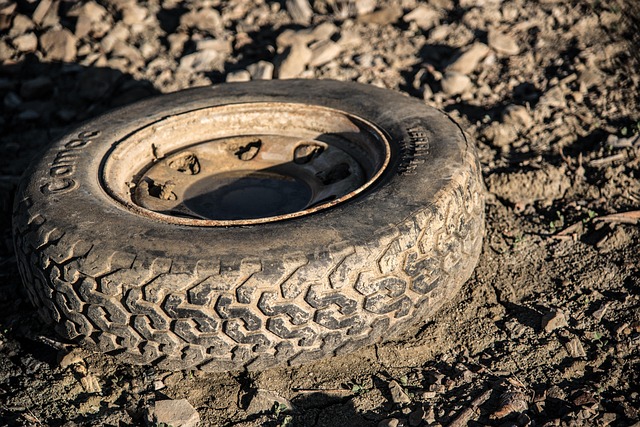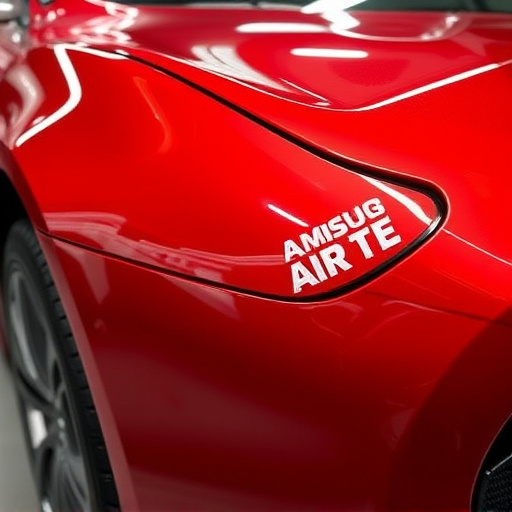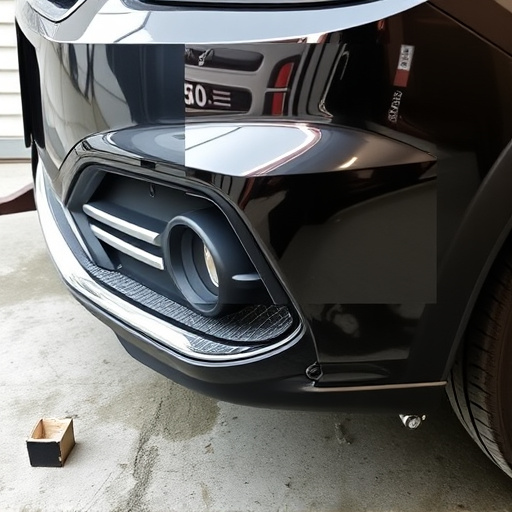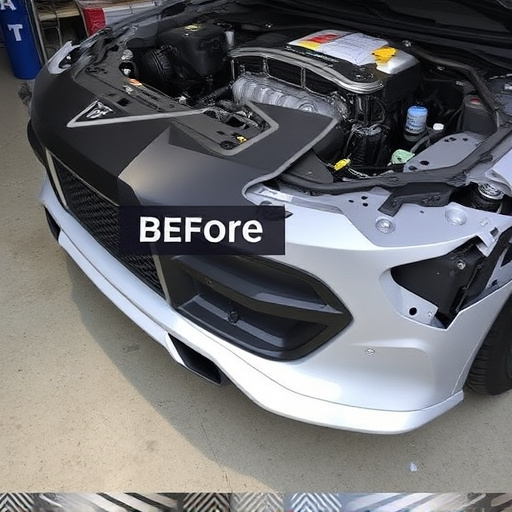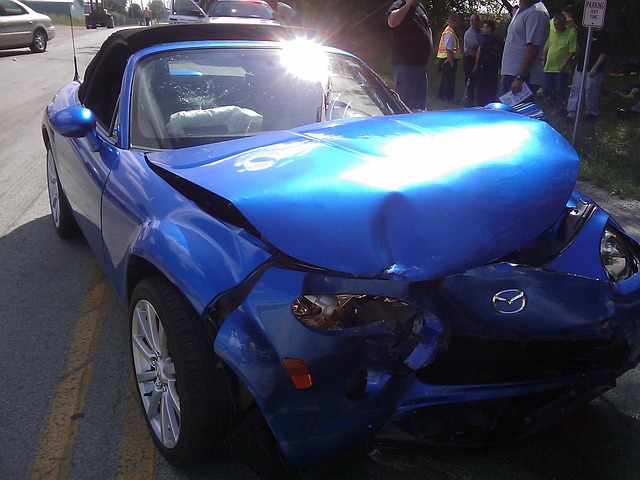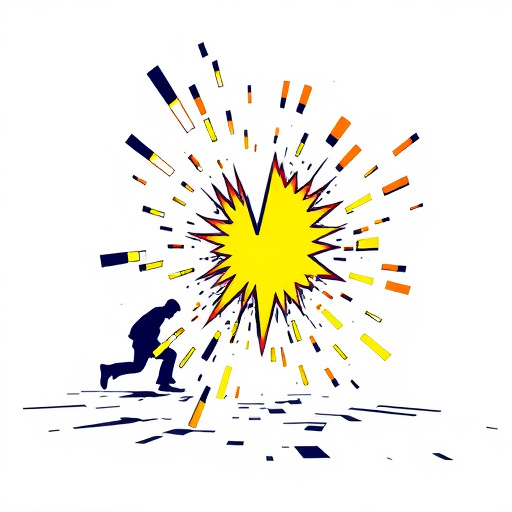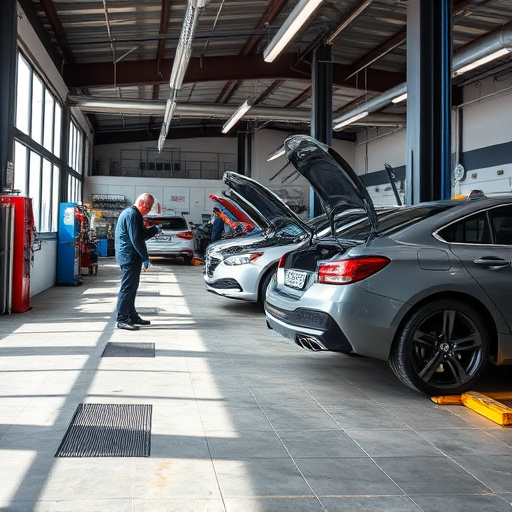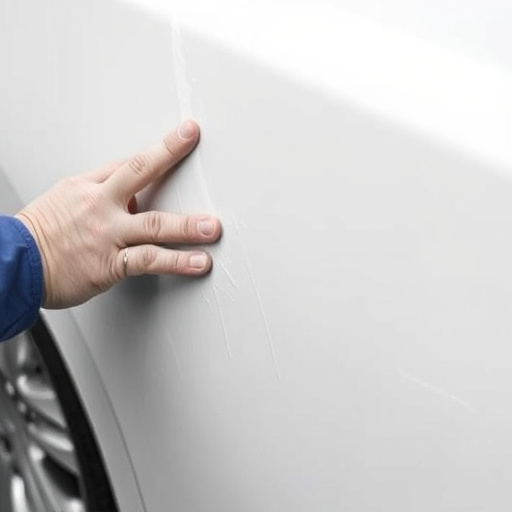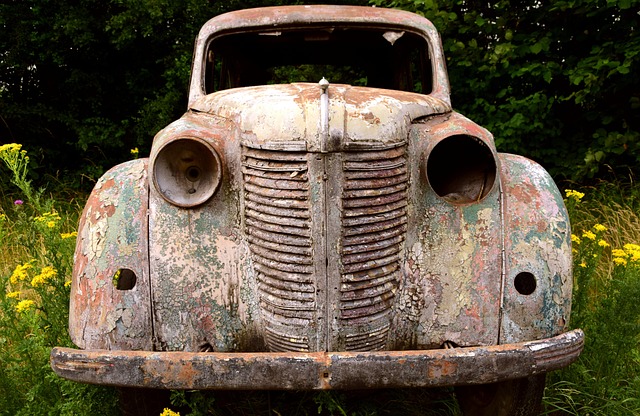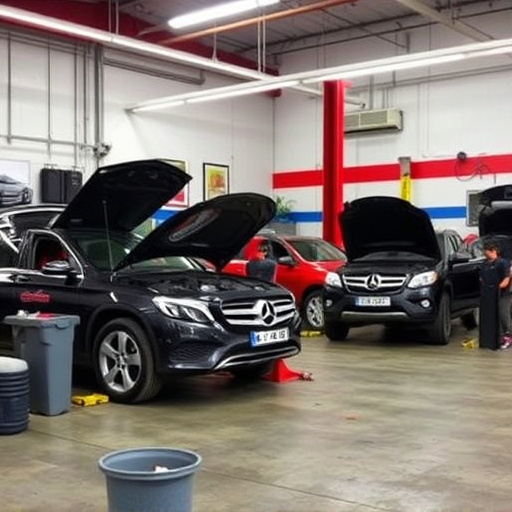Post-repair safety inspections are crucial for ensuring vehicles meet OEM standards after repairs, covering structural integrity, mechanical functionality, and aesthetic restoration. Skilled mechanics conduct rigorous testing across various systems using non-destructive methods to verify color accuracy, smoothness, and durability. Adhering to OEM guidelines involves detailed documentation, visual inspections, state-of-the-art equipment, approved parts and techniques, regular training, and quality control processes to maintain vehicle safety, performance, and original design intent, ultimately ensuring customer satisfaction.
In the automotive industry, ensuring vehicle safety is paramount. A critical step often overlooked is the post-repair safety inspection (PRSI), which aligns perfectly with Original Equipment Manufacturer (OEM) standards. This article provides a comprehensive overview of PRSI, highlighting its significance in maintaining vehicle safety. We explore how these inspections, guided by OEM guidelines, play a pivotal role in restoring and preserving the integrity of vehicles post-repair. By understanding best practices for alignment, repair facilities can deliver high-quality, safe vehicles to consumers.
- Understanding Post-Repair Safety Inspection: A Comprehensive Overview
- The Role of OEM Standards in Ensuring Vehicle Safety
- Aligning Post-Repair Safety Inspections with OEM Guidelines: Best Practices
Understanding Post-Repair Safety Inspection: A Comprehensive Overview

Post-repair safety inspection is a critical process that ensures vehicles meet Original Equipment Manufacturer (OEM) standards after repairs. It involves a thorough examination of various components, including structural integrity, mechanical functionality, and aesthetic restoration, especially in auto body services and vehicle paint repair. This meticulous evaluation goes beyond surface-level fixes to guarantee that every part of the vehicle operates as intended and adheres to stringent safety protocols.
A comprehensive post-repair safety inspection entails rigorous testing and verification across multiple systems. For instance, mechanics skilled in vehicle repair services will check for proper alignment, secure connections, and optimal performance of brakes, steering, lighting, and safety features. In addition to ensuring structural integrity through non-destructive testing methods, they also assess the quality of vehicle paint repair, verifying color accuracy, smoothness, and long-term durability against environmental factors.
The Role of OEM Standards in Ensuring Vehicle Safety
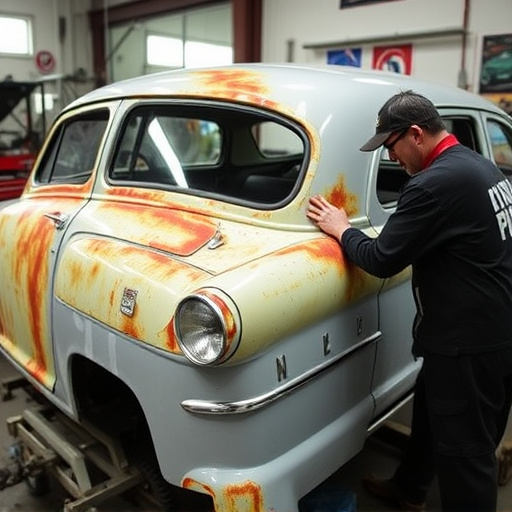
OEM (Original Equipment Manufacturer) standards are the cornerstone of vehicle safety and quality. They dictate the specifications and tolerances for every component that goes into a car, from engine parts to exterior panels like bumpers and fenders. When it comes to post-repair safety inspections, these standards play an indispensable role in ensuring that vehicles return to the road safely after any repair work, including auto dent repair or bumper repair procedures.
In the context of an auto body shop, adhering to OEM standards for post-repair safety inspection is crucial. This involves rigorous testing and evaluation of repaired components to confirm their structural integrity, functionality, and compliance with the manufacturer’s original design. By following these guidelines, auto body shops can guarantee that a vehicle’s safety systems, from its frame to its lighting and mechanical components, operate optimally after repairs, such as bumper or dent repair services are completed.
Aligning Post-Repair Safety Inspections with OEM Guidelines: Best Practices
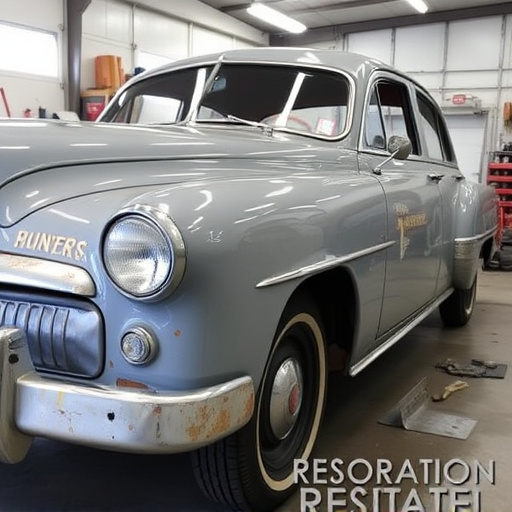
When conducting post-repair safety inspections, aligning with Original Equipment Manufacturer (OEM) guidelines is paramount for ensuring vehicle safety and performance. These guidelines provide a comprehensive framework that includes specific criteria for visual inspection, functionality testing, and quality assurance checks. Adhering to OEM standards not only guarantees that the repair work meets or exceeds expected quality but also helps in maintaining the vehicle’s original design intent and operational capabilities.
Best practices for aligning post-repair safety inspections with OEM guidelines involve thorough documentation of each step, meticulous attention to detail during visual inspections, and employing state-of-the-art testing equipment. Additionally, ensuring that all repairs are performed using OEM-approved parts and techniques is crucial. Regular training sessions for repair technicians on the latest OEM procedures and updates can significantly enhance compliance. Moreover, establishing a robust quality control process that includes pre- and post-repair assessments helps identify potential issues early, thereby facilitating timely corrections and ensuring customer satisfaction in auto maintenance and car scratch or paint repair services.
Post-repair safety inspections are a vital step in maintaining vehicle integrity and passenger safety, especially as vehicles age. Aligning these inspections with Original Equipment Manufacturer (OEM) standards ensures consistency, quality, and adherence to industry best practices. By following OEM guidelines, repair facilities can effectively identify potential issues, ensuring the safety and reliability of each vehicle that passes through their shop, ultimately fostering a safer automotive landscape.

